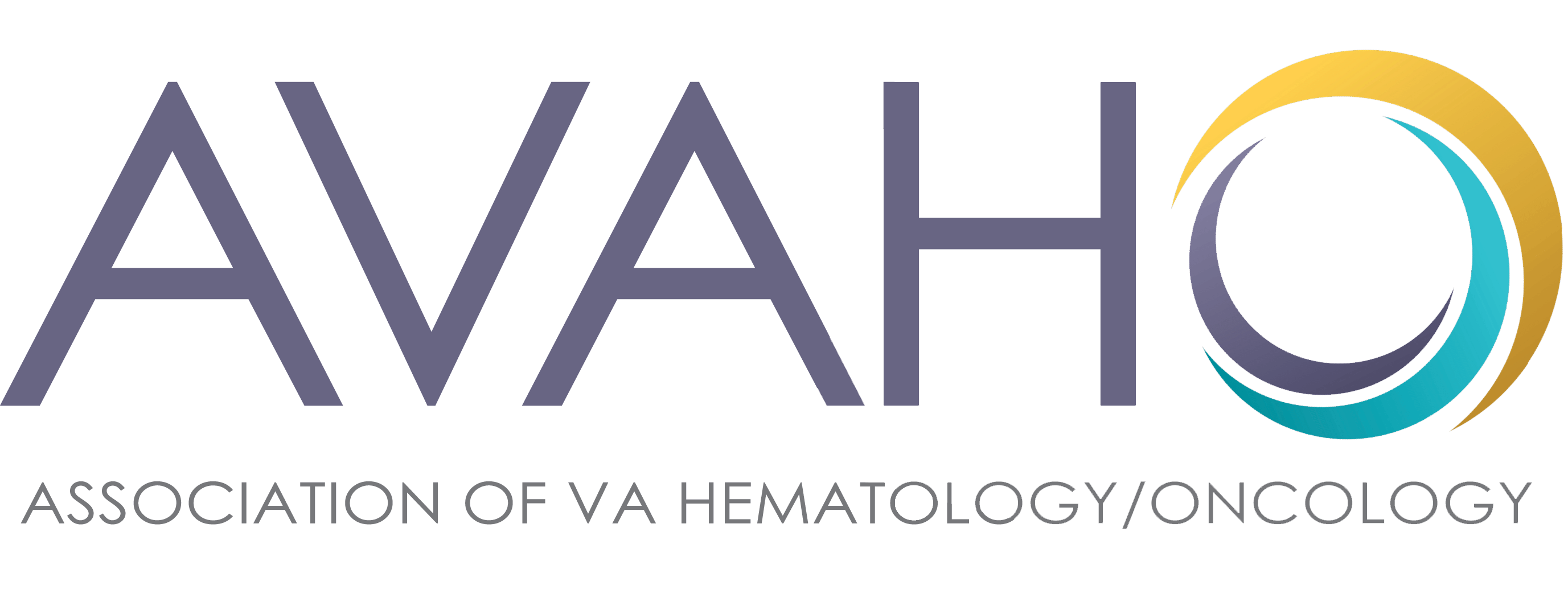Managing Critical Drug Shortages Overview
Recently, a joint round table discussion was coordinated and presented by thought leaders from AVAHO, HOPA, and the ACCC focusing on the topic of critical drug shortages and their impact on providing optimal oncology care during these challenging times. The panel consisted of Sol Atienza (HOPA Moderator), Mahta Mahmoudieh (ACCC), Natalie Osagie (AVAHO), Jeffrey Pilz (HOPA), Sarah Hudson-Disalle (HOPA), Peter Stuessy (HOPA) and Sarah Hayward (HOPA).
Critical drug shortages are certainly not a new topic or problem in medicine in 2023, they have existed for years and perhaps the impact of them was even worse long ago when the therapeutic options we had to offer to our patients at that time were so limited? It is a challenge that has multiple levels or factors to consider when allocating precious resources to patients who “just want the best for their cancer at its current state”. I believe that is fair for our patients to expect, I would if it were me. But when resources are limited, we need to resign ourselves to the fact that this truly is “evidence-based medicine” and not use vital resources in the setting of a “hail Mary”. We also need to be creative and look for alternative plans and solutions to this crisis, and most importantly we need to WORK TOGETHER and COMMUNICATE so that everyone is aware of the problem and is involved in finding a solution that works best for their individual health care system.
Highlighted below are some of the key points from this roundtable discussion that every institution should have in place to manage these situations in a well-organized and proactive approach.
- Develop within your institution a “critical drug shortage” committee that is multi-disciplinary in nature.
- Most institutions cannot support separate smaller committees that in essence, are all working on the same basic issues of drug shortages and their impact on patient care.
- These committees should involve all the key “players” involved in the provision of patient care; physicians, advanced practitioners, nursing leadership, pharmacists, information technology specialists, other medical specialists who rely on unique or specific medications in their practice settings, and those involved in BOTH the procurement and payment of not only these items in critical demand, but those that will be used as alternatives when they are no longer available.
- Consider establishing or utilizing the ethics committee to help plan for treatment decisions
- Design a mechanism of communication within your organization of the status of drug shortages and recommendations for other ways to provide the same levels of patient care.
- Information technology support staff support is crucial in spreading this information as effectively as is possible.
- Pharmacy procurement personnel play a critical role here, in that they should be made aware of these shortages first, and therefore communicate what they are seeing and hearing after researching the problem.
- It may be necessary for institutions to have multiple accounts with various wholesalers to meet the needs of their individual institution’s patients’ needs.
- Procurement personnel need the authority to “grab up” limited resources that have been identified as being critical when they become available.
- Research and be ready to purchase from various manufacturers, especially for the generic versions of these medications
- Develop internal conversions and substitutions that help conserve limited resources without compromising patient benefits or outcomes.
- Therapeutic interchanges when possible
- IV/PO and PO/IV conversions
- Dose capping and dose rounding policies.
- The VA PBM has oncology drug related guidance documents that includes dose rounding. Several institutions have already practiced this strategy for many years.
- National Organizations such as ASCO and SGO have released clinical guidance by disease state that help guide treatment decisions.
- Design and develop institutional specific treatment guidelines or algorithms that utilize the current agents that can be obtained for patient care.
To see more on the VA treatment pathways that have been developed, reviewed, and improved please go to:
